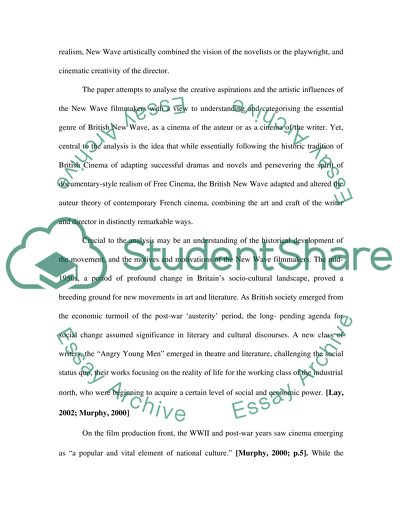Cite this document
(“British Postwar Cinema 1960-1990 Essay Example | Topics and Well Written Essays - 2500 words”, n.d.)
British Postwar Cinema 1960-1990 Essay Example | Topics and Well Written Essays - 2500 words. Retrieved from https://studentshare.org/miscellaneous/1536833-british-postwar-cinema-1960-1990
British Postwar Cinema 1960-1990 Essay Example | Topics and Well Written Essays - 2500 words. Retrieved from https://studentshare.org/miscellaneous/1536833-british-postwar-cinema-1960-1990
(British Postwar Cinema 1960-1990 Essay Example | Topics and Well Written Essays - 2500 Words)
British Postwar Cinema 1960-1990 Essay Example | Topics and Well Written Essays - 2500 Words. https://studentshare.org/miscellaneous/1536833-british-postwar-cinema-1960-1990.
British Postwar Cinema 1960-1990 Essay Example | Topics and Well Written Essays - 2500 Words. https://studentshare.org/miscellaneous/1536833-british-postwar-cinema-1960-1990.
“British Postwar Cinema 1960-1990 Essay Example | Topics and Well Written Essays - 2500 Words”, n.d. https://studentshare.org/miscellaneous/1536833-british-postwar-cinema-1960-1990.


